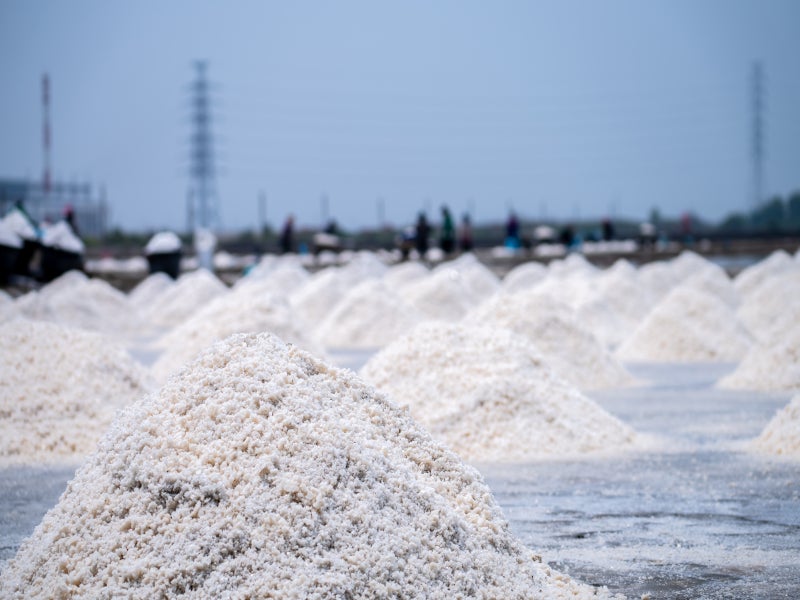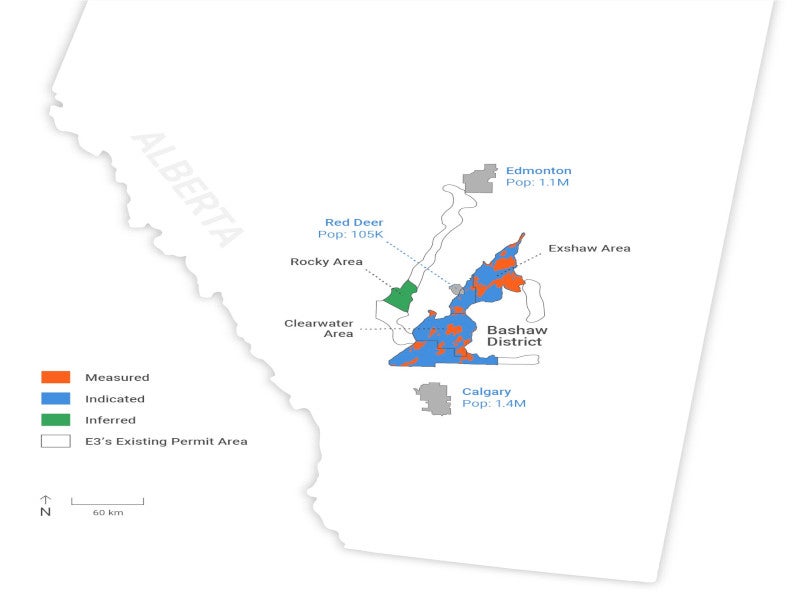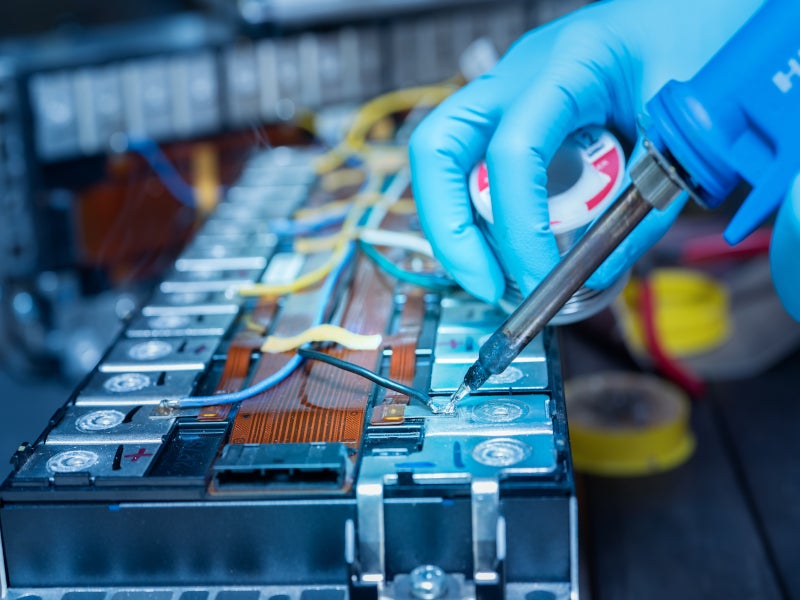The Clearwater Lithium project, is a proposed mining development, in southern Alberta, Canada.
The project is being developed by E3 Lithium, a Canadian lithium brine developer.
The prefeasibility study (PFS) was completed in June 2024, with an initial capital cost estimated at $2.47bn for an operational life spanning 50 years.
The project boasts an anticipated initial production rate of 32,250 tonnes per annum of lithium hydroxide monohydrate (LHM).
Project location
The Clearwater Lithium project is located within E3’s Bashaw district’s brine-hosted minerals license area in south-central Alberta.
The site is located approximately 50km north of Red Deer and roughly 90km south of Calgary in Alberta, Canada.
The project encompasses a substantial area of 77,872ha.
Geology and mineralisation
The geology of the Bashaw district is defined by upper Devonian sediments from the Woodbend Group.
These sediments comprise basin siltstone, shale, and carbonate from the Majeau Lake and Cooking Lake formations.
Lithium mineralisation within the Bashaw district predominantly occurs in brines within the dolomitised reef complexes of the Devonian-aged Leduc formation, with secondary accumulations present in the Nisku formation of the Devonian Winterburn Group.
Reserves
The proven and probable brine reserves at the Clearwater project are estimated to be 1.29 million tonnes (t) of LHM, as of June 2024.
The total contained lithium (Li) is estimated at 213,750t, with a lithium carbonate equivalent of 1.13 million tonnes.
Mining method
The proposed mining method involves utilising production wells to extract brine from the Leduc formation.
The process will see reservoir water pumped to the surface as produced brine, which will be processed using direct lithium extraction technology to extract lithium.
The lithium-depleted brine will subsequently be reinjected into the reservoir through injection wells to maintain pressure.
The reservoir development strategy will include drilling up to five wells from each of the 38 pads within the project area, resulting in a total of 93 producers and 93 injectors.
Each well will have a brine flow rate of 2,500 cubic metres per day.
This method will enable centralised fluid gathering, thereby minimising the need for extensive road and pipeline infrastructure.
Brine will be extracted from supply wells and conveyed via pipeline to the central processing facility.
The facility will be designed to process 232,500 cubic metres per day of brine, to produce battery-grade LHM with an expected lithium recovery efficiency of 90.4%.
Ore processing
Brine will be introduced into the separator vessel at the central processing facility, depressurised and flashed in a two-phase separator.
The resulting gas will be captured, compressed, and safely disposed of via acid gas wells.
The brine-rich fluid will be directed to the lithium extraction circuit where lithium chloride will be extracted utilising a direct lithium extraction process.
The lithium chloride (LiCl) eluate product will undergo purification and concentration to remove impurities and recover water.
Multi-stage nanofiltration will be used to remove divalent calcium and magnesium cations, resulting in a 6,000mg-per-litre lithium concentrate.
The LiCl eluate will be further refined using a chelating ion exchange resin to eliminate any remaining calcium and magnesium cations.
The refined LiCl eluate will then be processed in a mechanical vapour recompression unit to remove additional water.
The purified and concentrated LiCl eluate will be transferred to a carbonation reactor to precipitate lithium carbonate (Li2CO3).
The Li2CO3 precipitate will be thickened and subsequently dewatered in a centrifuge.
The solid lithium carbonate product will be mixed with process condensates to create a slurry and treated in a series of reactors with hydrated lime to produce lithium hydroxide.
The resulting slurry will be filtered to separate calcium carbonate.
The lithium hydroxide will undergo a multistage concentration and crystallisation.
This process will include ion exchange for impurity removal, evaporation, crystallisation, and drying of the final lithium hydroxide product.
The dried lithium hydroxide product will be packaged in bulk bags ready for transportation.
Site infrastructure
The project site is accessible via the Alberta Provincial Highway 2 and Highway 11 with the prior, running north-south along the west boundary of the project area.
The project also benefits from rail connectivity located within the immediate area via the Canadian National and Canadian Pacific, as well as Kansas City Southern.
The central processing facility will require approximately 85MW of power, with an additional 80MW needed for field production.
A cogeneration facility is planned to be constructed for the project, which will also connect to an existing transmission line for enhanced reliability.
Potable water will be trucked to the project site for domestic and laboratory usage.
Contractors involved
The PFS report was prepared by Matrix Solutions, Canada’s leading environmental, consulting and engineering solutions provider, Sproule Associates, a consulting company, Sedgman Canada, a mineral processing and surface infrastructure specialist and Stantec Consulting, an engineering services company.





